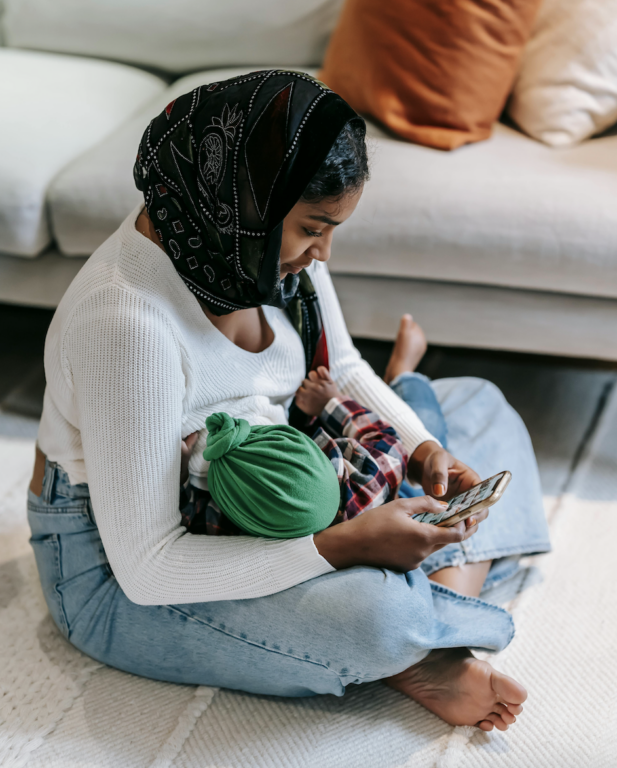

But as Dr. Caroline Boyd shares on her episode of Happy Mum Happy Baby:Parenting SOS “Anger is neither good nor bad. It is a healthy human emotion that we all feel, and it has a really important function.”
So let’s start there.
We asked our community what triggers their mum rage. The answers came flooding in:
It’s no surprise that when we asked how rage feels afterwards, the words were heavy: “alone, drained, like a failure, guilty, out of control, embarrassed.”
Sound familiar?
Dr Boyd shares “Anger is trying to alert us to some kind of home violation, injustice, insult, injury. And it’s telling us that there’s a problem.”
It’s not a character flaw. It’s a message. And you should listen.
From a young age, women are taught to be “good”, “quiet”, and “not make a fuss.” We’ve been socialised to suppress anger. But suppression isn’t resolution.
“We internalise the belief that we must be perfect to be a good mother,” Dr Boyd says. “We must get it right. And the anger has to come out somehow.”
This is where rage can feel like it comes out of nowhere – but it’s often been simmering under the surface for a long time. In the episode, Giovanna shares her experience as “It bubbles up as if it’s coming from nowhere. However, it has been brewing for a while.”
Here are three ideas to help us move through anger, not around it.
Anger is physical. That pounding heart, that fizzing in your head, that clench in your fists – it’s your body’s fight-or-flight system in action.
We need to use our body. Whether it’s doing ten star jumps, running on the spot, moving your body in some way… get your kids involved if you can. It instantly diffuses the burning rage”
Bonus: kids think it’s hilarious. And it models emotional regulation too.
This simple mindfulness tool can help when you’re in the thick of it:
You are not your anger. It’s just one part of you.
Shouting happens. What matters is what you do after.
If you’ve reacting with rage with your baby, repair looks like soft words, cuddle and gentle touch. With your child, you can be more verbal,naming what happened and taking responsibility.”
You’re not just soothing them – you’re modelling what it means to be human, to make mistakes, and to reconnect.
Maternal rage is more common than we think – “as many as 1 in 3 women feel intense anger in the first year of having a baby.” In fact, some studies show maternal anger is more prevalent than postnatal depression.
And yet it’s often met with silence, shame, or self-blame.
That’s why we’re talking about it.
Because you deserve to be seen – in the moments you’re joyful and in the moments when you feel like you’re going to explode.
So if you lost your temper this morning, please hear this: Your child doesn’t see you as anger. It is one part of you. And there are so many more parts your child sees every single day.
You’re not alone. You’re not broken. You’re not a bad mum.
You’re a human – and you’re doing your best.
Caroline offers a self-paced anger course for mothers (USE THE CODE “HMHB” TO CLAIM YOUR £100 DISCOUNT):
Download Caroline’s FREE GUIDE on how to handle partner rage:
Caroline’s book, Mindful New Mum: A Mind-Body Approach to the Highs and Lows of Motherhood, is available to buy online Amazon, Waterstones or Bookshop
You can listen to our episode with Dr Caroline Boyd wherever you get your podcasts, or on Youtube.